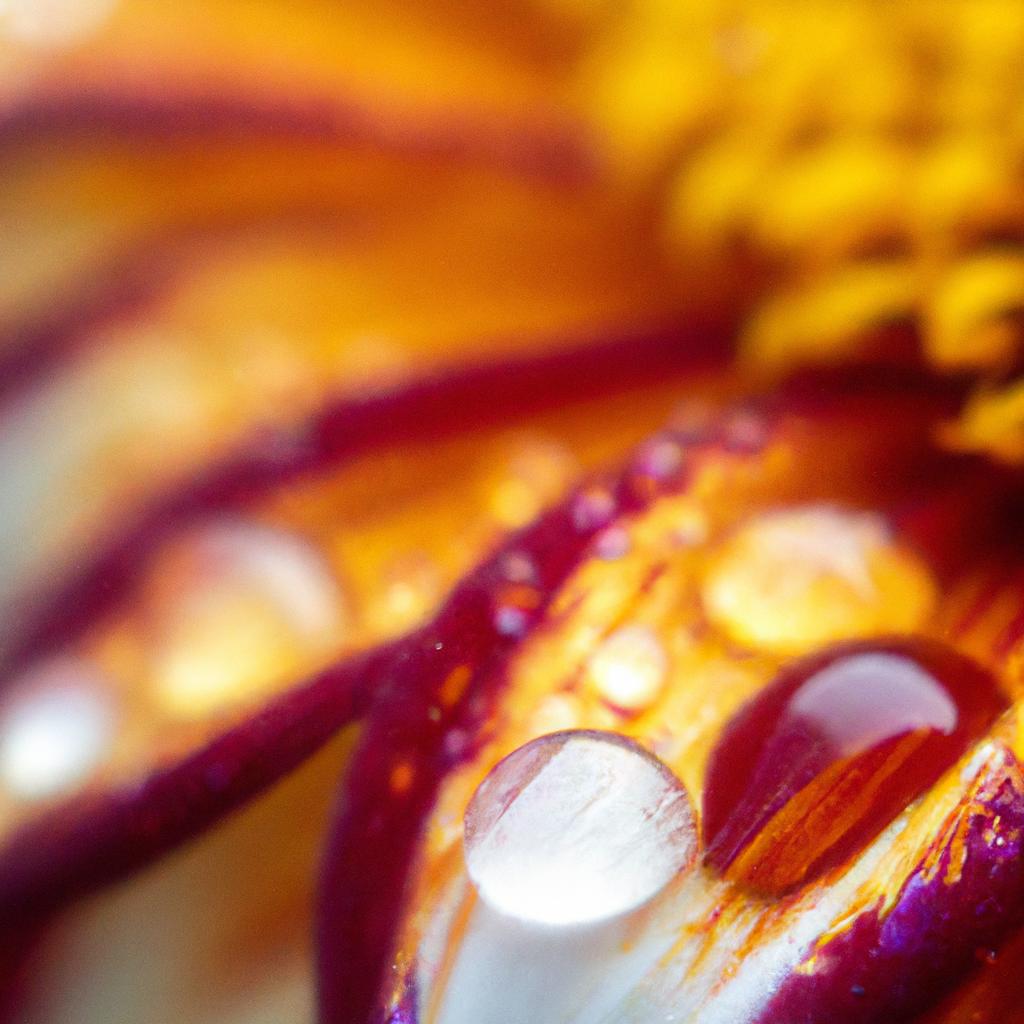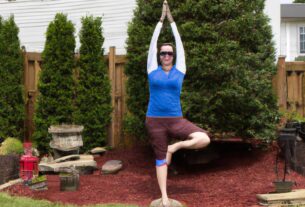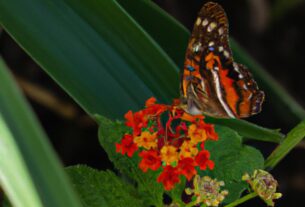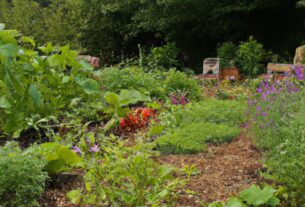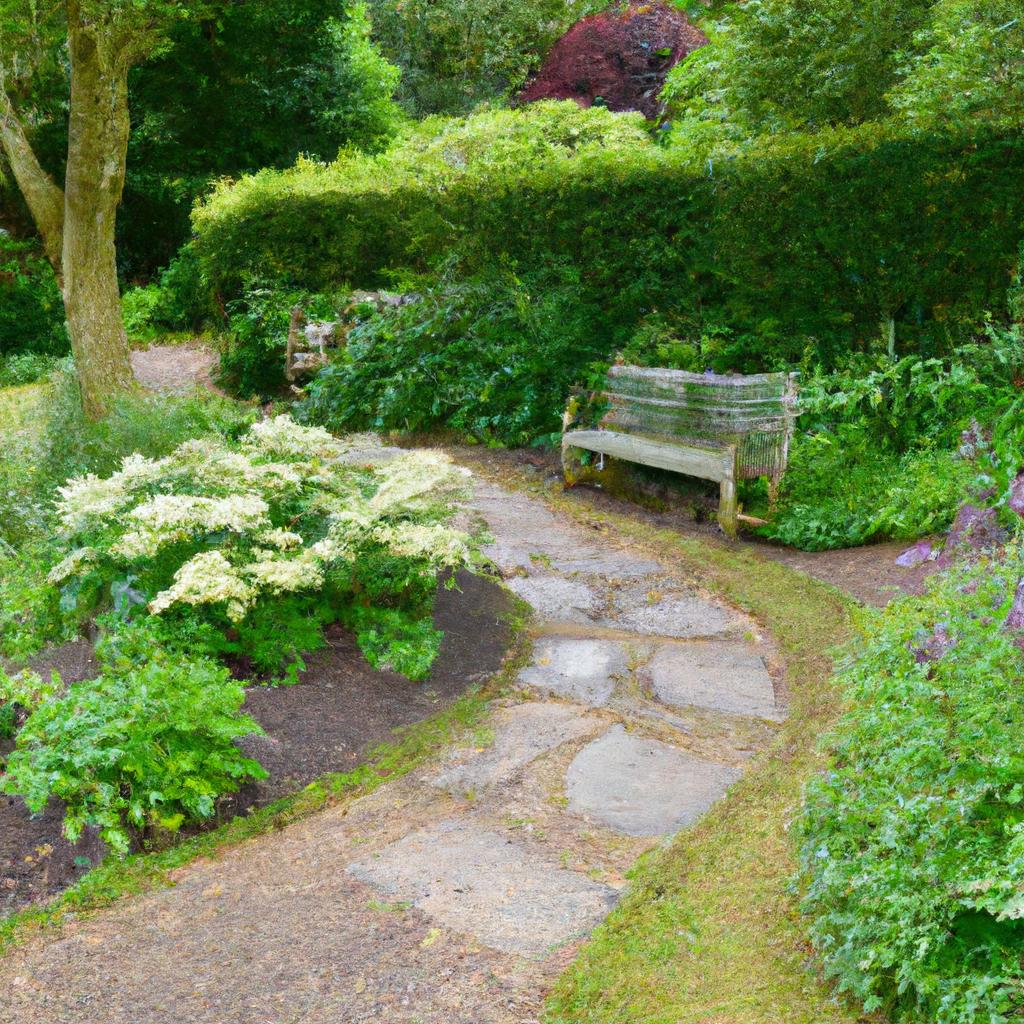
Garden photography is a fascinating art form that allows us to capture the essence and beauty of gardens, plants, flowers, and other natural elements. It is a way of documenting the wonders of nature and preserving them for generations to come. In recent years, garden photography has gained even more popularity, thanks to social media platforms like Instagram, where garden enthusiasts share their stunning photos with the world.
If you’re new to garden photography, you might be wondering where to begin. In this article, we’ll provide you with valuable tips on how to take exceptional garden photos, the equipment you’ll need, composition techniques to make your photos more appealing, and how to edit your photos to achieve their full potential.
Tips for Captivating Garden Photography
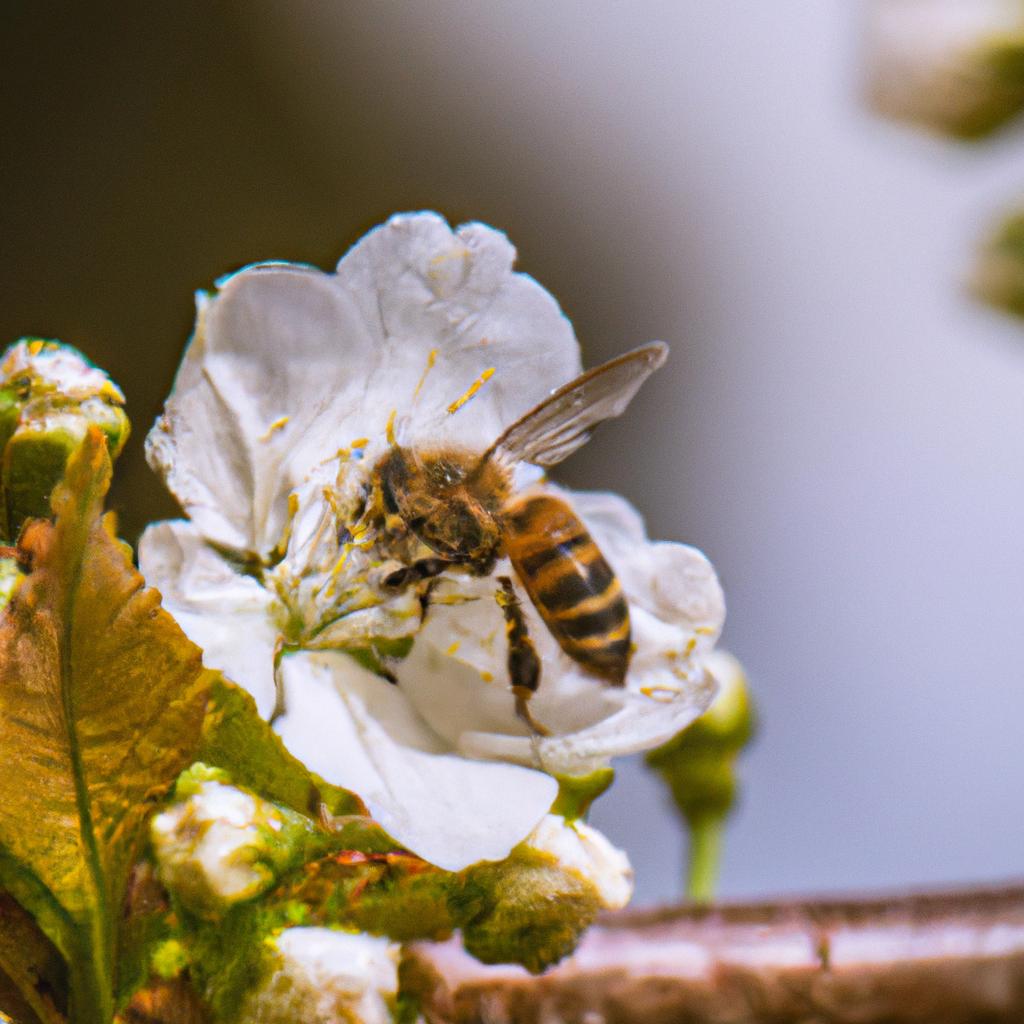
Understand the Lighting
Lighting plays a crucial role in photography, and it’s especially significant in garden photography. The “golden hour,” which is the hour after sunrise and the hour before sunset, offers the most captivating light for capturing garden photos. During this time, the light is soft, warm, and casts a beautiful glow on everything it touches. If the golden hour isn’t feasible, try shooting in the shade or on a cloudy day to avoid harsh shadows and overexposure.
Choose the Right Time of Day
In addition to understanding lighting, selecting the right time of day for your garden photography is essential. Early mornings and late afternoons are perfect times for capturing garden photos, as the light is softer and the colors are more vibrant. It’s best to avoid shooting in the middle of the day when the light is harsh and unflattering.
Use a Tripod
A tripod is an indispensable tool for any photographer, and it’s especially important in garden photography. It helps keep your camera steady, which is crucial in low light situations or when using a slow shutter speed. Additionally, a tripod aids in accurately composing your shots and allows you to take multiple shots of the same scene with different settings.
Understand Depth of Field
Depth of field refers to the area in a photo that is in focus. In garden photography, you often want to achieve a shallow depth of field to blur the background and draw attention to the subject. To accomplish this effect, use a wide aperture (low f-stop number) and focus on your subject while keeping the background out of focus.
Use Macro Lenses
Macro lenses are specially designed for close-up photography and are perfect for capturing the intricate details of flowers, plants, and other natural elements in the garden. They allow you to get up close and personal with your subject, which is essential in garden photography. If you don’t have a macro lens, you can use extension tubes or close-up filters to achieve a similar effect.
Experiment with Different Perspectives
Lastly, don’t be afraid to experiment with different perspectives when capturing garden photos. Try shooting from various angles, getting down low or up high, and using different lenses to achieve a unique viewpoint. Let your creativity flow and enjoy the process of capturing beautiful moments in the garden.
Essential Equipment for Garden Photography
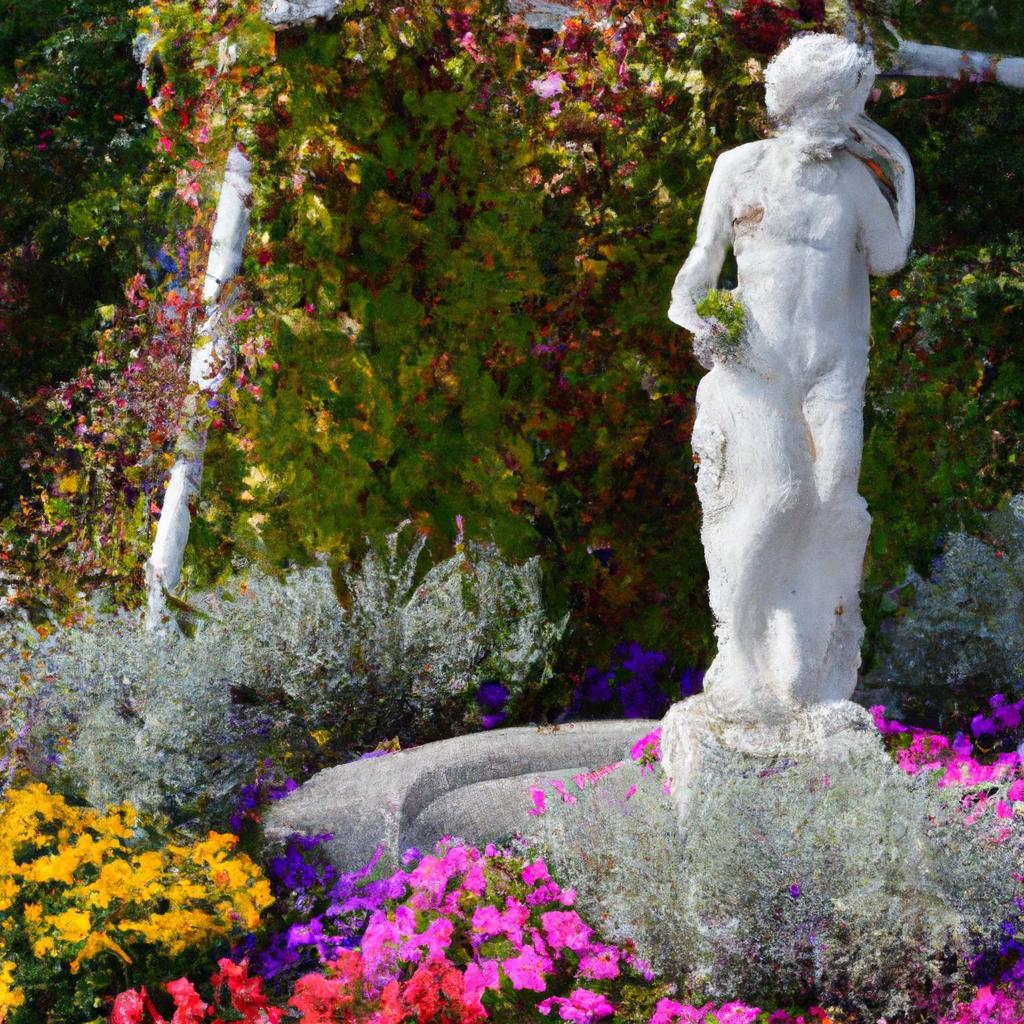
To take exceptional garden photos, you don’t necessarily need expensive equipment, but having the right gear can certainly make a difference. Here are some essential items you’ll need for successful garden photography:
Cameras
Any camera can be used for garden photography, whether it’s a smartphone, point-and-shoot, or DSLR. However, professionals prefer DSLR cameras for their greater control over settings, interchangeable lenses, and higher image quality.
Lenses
Lenses are vital components of any camera system and can significantly impact the quality of your photos. For garden photography, a macro lens is a must-have, enabling you to capture the intricate details of flowers and plants up close. A wide-angle lens is also useful for capturing the entire garden scene. If you’re using a smartphone, you can consider purchasing clip-on lenses that attach to your phone’s camera.
Tripods
A tripod is an essential tool for any photographer, and it becomes even more crucial in garden photography. It helps maintain the stability of your camera, especially in low light conditions or when using a slow shutter speed. Additionally, it assists in precise composition and allows for capturing multiple shots of the same scene with different settings.
Filters
Filters are used to modify the light that enters your camera, enabling you to achieve various visual effects. Polarizing filters reduce glare and reflections, while ND filters allow for longer exposures in bright light. Graduated filters are useful for balancing the exposure between the sky and the ground.
Accessories
Other accessories that can enhance your garden photography include a remote shutter release, which allows you to capture photos without touching the camera and causing it to shake. Reflectors can be used to bounce light onto your subject, while diffusers can soften harsh light.
Composition Techniques for Stunning Garden Photos
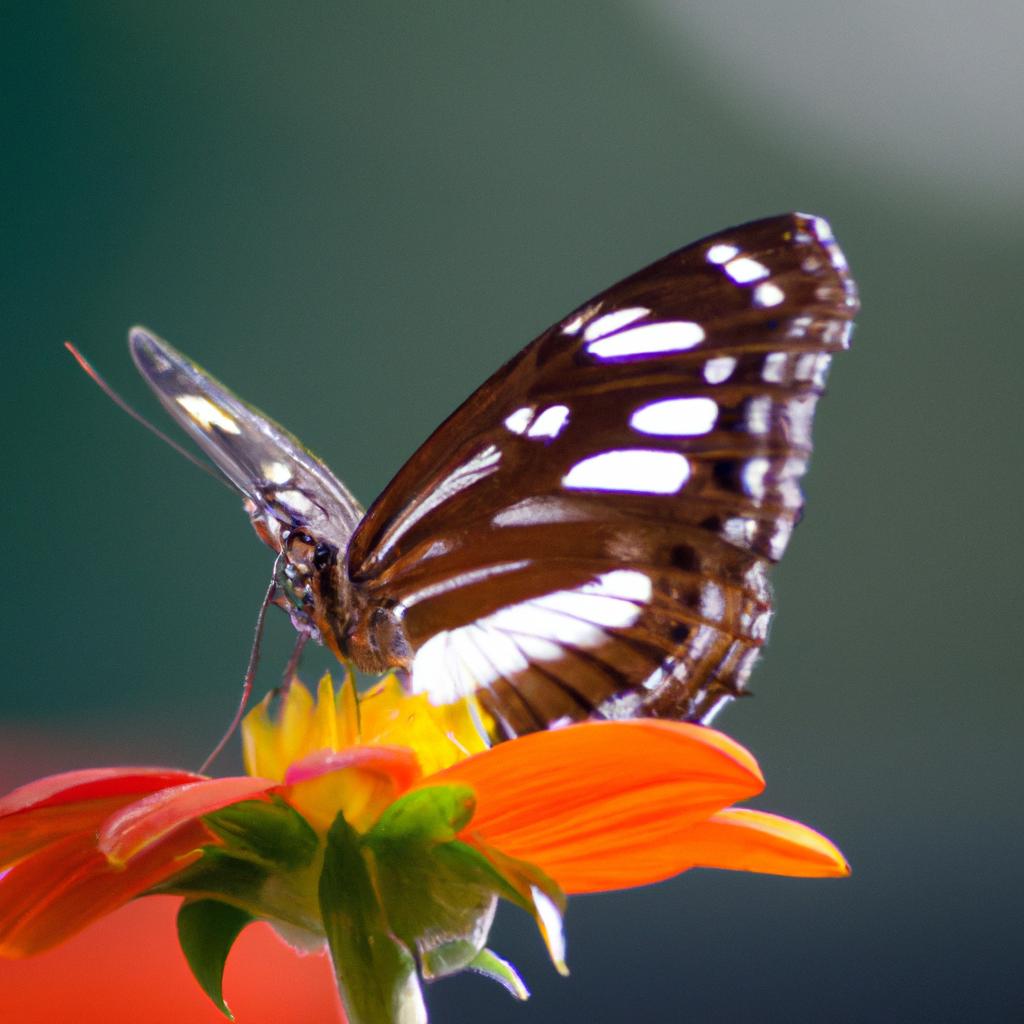
Composition is an art in itself, playing a critical role in creating visually appealing photographs. Here are some composition techniques you can employ to elevate your garden photos:
Rule of Thirds
The rule of thirds is a fundamental principle of composition. It involves dividing your frame into thirds both horizontally and vertically. Placing your subject at one of the intersection points, known as “power points,” can make your photo more visually captivating.
Leading Lines
Leading lines are elements within a photo that guide the viewer’s eye towards the subject. In garden photography, paths, flower beds, and garden beds can serve as leading lines, leading the viewer’s gaze towards the main subject.
Framing
Framing involves using elements within your photo to frame your subject, drawing attention to it. In garden photography, trees, bushes, and other plants can be utilized to frame your subject and create a visually pleasing composition.
Symmetry
Symmetry can create a sense of balance and harmony in your photos. It involves creating a mirror image of your subject, which can be captivating in garden photography.
Patterns
Patterns are repetitive elements within a photo that can add rhythm and movement. In garden photography, you can find patterns in flowers, leaves, and other elements, which can result in visually stunning images.
Contrast
Contrast is an effective tool in photography, involving the use of elements with different colors, textures, or brightness to create a sense of tension and drama. In garden photography, you can utilize contrasting colors, such as red and green, to create visually striking images.
Editing Tips to Enhance Your Garden Photos
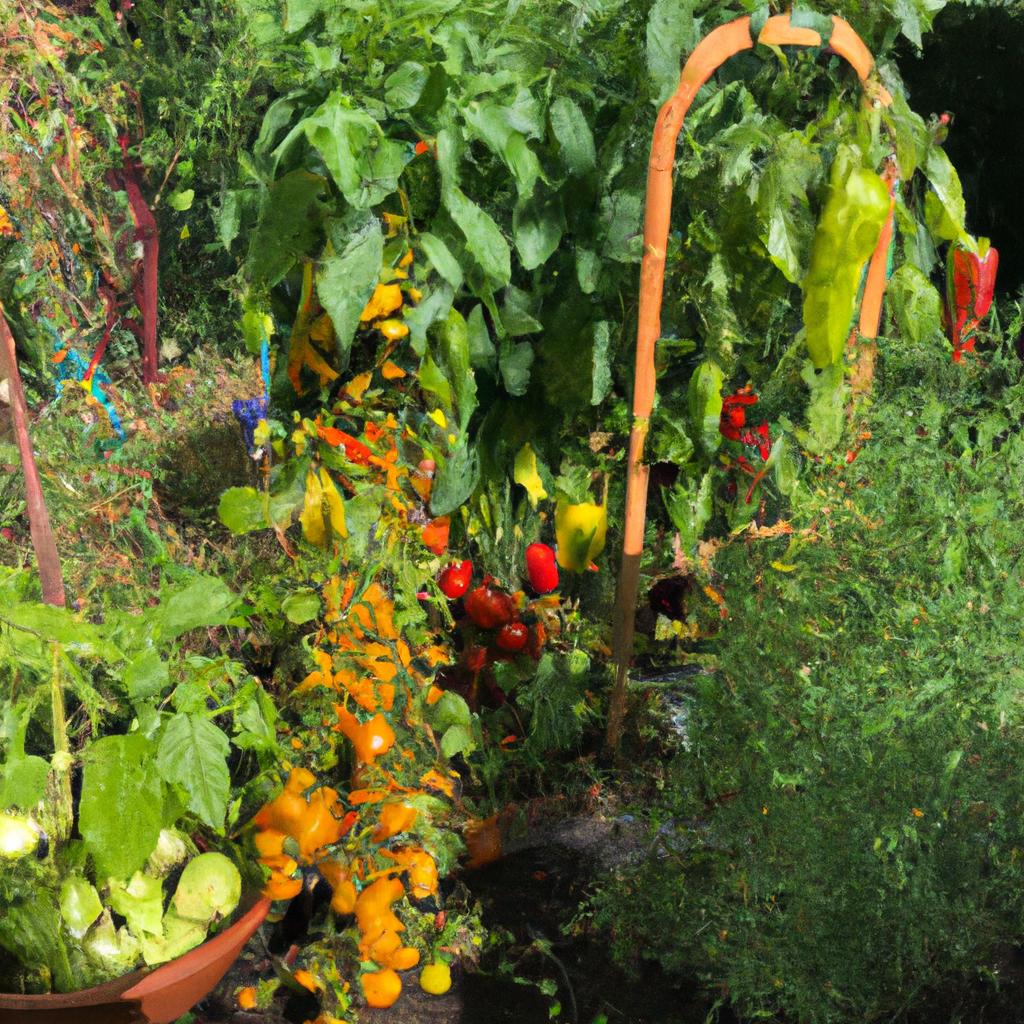
Once you’ve captured your garden photos, editing them can make a significant difference in their final impact. Here are some editing tips to help you enhance your garden photos:
Adjusting Exposure
Exposure is a critical aspect of photography, referring to the amount of light that enters your camera. Adjusting the exposure of your garden photos can greatly impact their overall appearance. Use the exposure slider in your editing software or app to fine-tune the exposure levels.
Enhancing Colors
Garden photography is known for its vibrant colors, particularly in flowers and plants. Enhancing these colors during post-processing can make your photos truly pop. Use the saturation slider to boost the colors of your subject or the vibrance slider to bring out the colors while maintaining a natural look.
Cropping
Cropping is a simple yet powerful editing technique that allows you to improve the composition of your garden photos. By removing distracting elements in the background or zooming in on your subject, you can create a more impactful and visually pleasing image. Utilize the crop tool in your editing software to adjust the framing of your photos.
Removing Unwanted Objects
Sometimes, there may be unwanted objects in your garden photos that distract from the beauty of your subject. These objects can range from stray leaves to power lines. Fortunately, you can easily remove them in post-processing using tools such as the healing brush or clone stamp.
Adding Filters
Applying filters to your garden photos can provide them with a unique look and feel. With various options available, such as black and white, sepia, or vintage filters, you can experiment to find the one that best complements your photos.
In conclusion, garden photography is a delightful and rewarding form of artistic expression that allows us to capture the magnificence of nature and share it with others. By implementing the tips and techniques outlined in this article, you’ll be well-equipped to take stunning garden photos that will impress your friends and family. Remember to experiment with different approaches, equipment, and editing tools to discover your own unique style. So, seize your camera and start capturing the beauty of gardens, and don’t forget to share your marvelous garden photos with the world on TooLacks!
